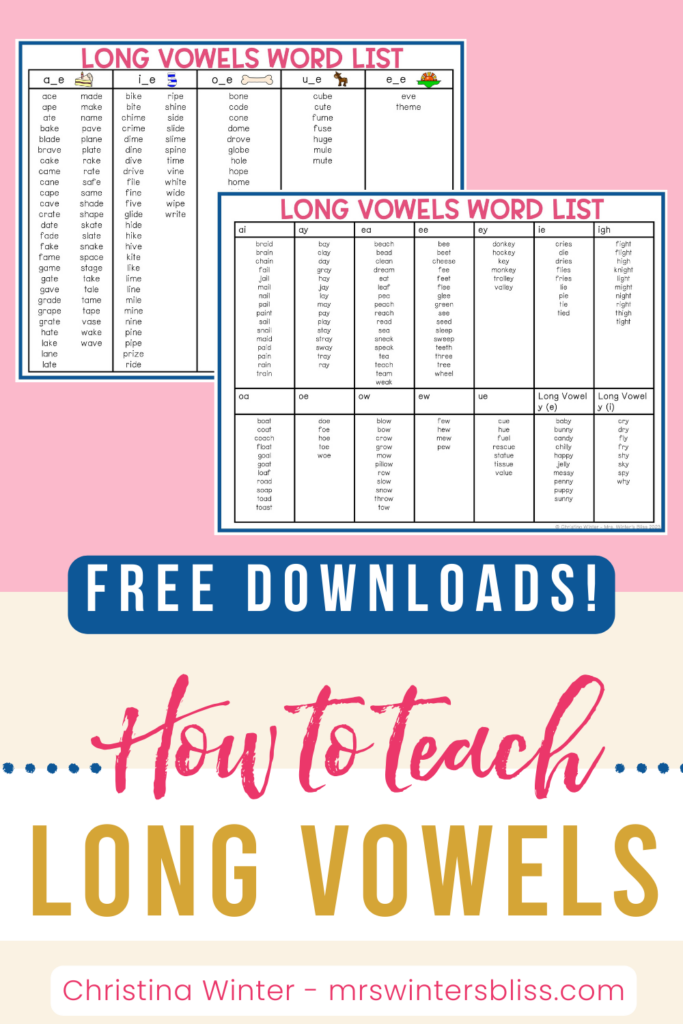
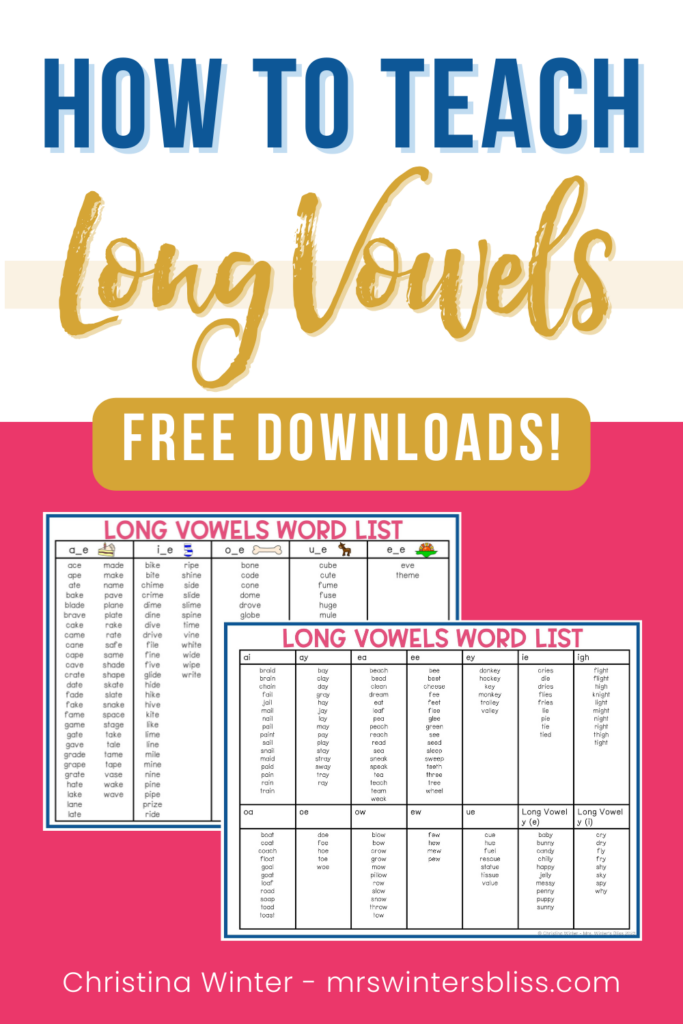
In this post, I share information about how to teach long vowels. I explain the 4 ways to make a long vowel sound. I offer tips, resources, and activities to help you teach long vowel patterns to your kindergarten, first, and second-grade students. Finally, I leave you with a FREE Long Vowel Word List to help support your instruction!
For students to become successful readers, we know they need explicit and systematic phonics instruction and meaningful practice. To support you, I have created a series of blog posts that explain how to teach the different phonics skills. In earlier posts, I explained how to teach CVC words and how to teach blends and digraphs. Today I am eager to share information about how to teach long vowels.
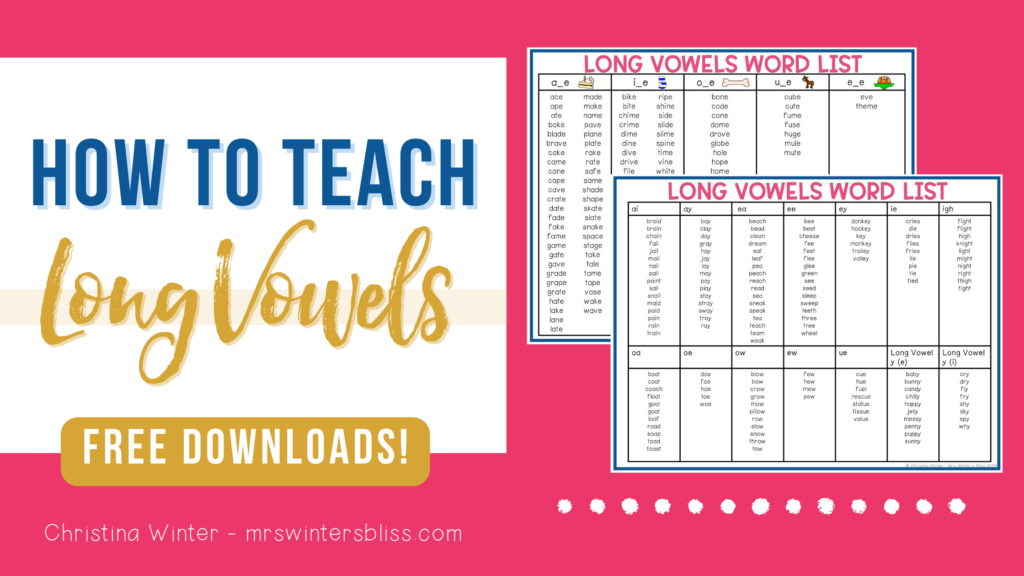
A long vowel is a vowel pronounced the same as the letter name is said. It is a vowel that “says its name.”
Seems simple, right?
Actually, long vowels can be tricky for students because there are so many different spellings for each long vowel sound! Additionally, there are four different ways to make the long vowel sound.
To begin, let’s start by taking a closer look at the four ways to make long vowel sounds.
4 Ways to Make a Long Vowel Sound
- Silent e makes the previous vowel long. The words bike and cute have a silent e at the end that makes the previous vowel long. This is known as the CVCe pattern and it is very common.
- Vowel teams can make a long sound. Vowel teams are two vowels that work together to make one sound. For example, in the word leap, vowel team EA makes a long E sound. In the word boat, the vowel team OA makes the long O sound. This is known as the CVVC pattern. It is also very common.
- Vowels at the end of a syllable can make a long sound. For example, in the words we and hero (he-ro), the vowels are all at the end of a syllable, making a long sound.
- I or O can be long when they come before two consonants. In words like child, gold, and mind, i and o make a long vowel sound because they are followed by 2 consonants.
Tips for Teaching Long Vowels
1. Explicitly and systematically one spelling pattern at a time.
Provide students with explicit instruction and opportunities for practice with just one long vowel pattern at a time. The key to ensuring this instruction is systematic is to follow a research-based scope and sequence.
Does your school provide you with a research-based scope and sequence to guide your instruction? If not, I am happy to offer you a FREE K-2 science of reading-aligned phonics scope and sequence.
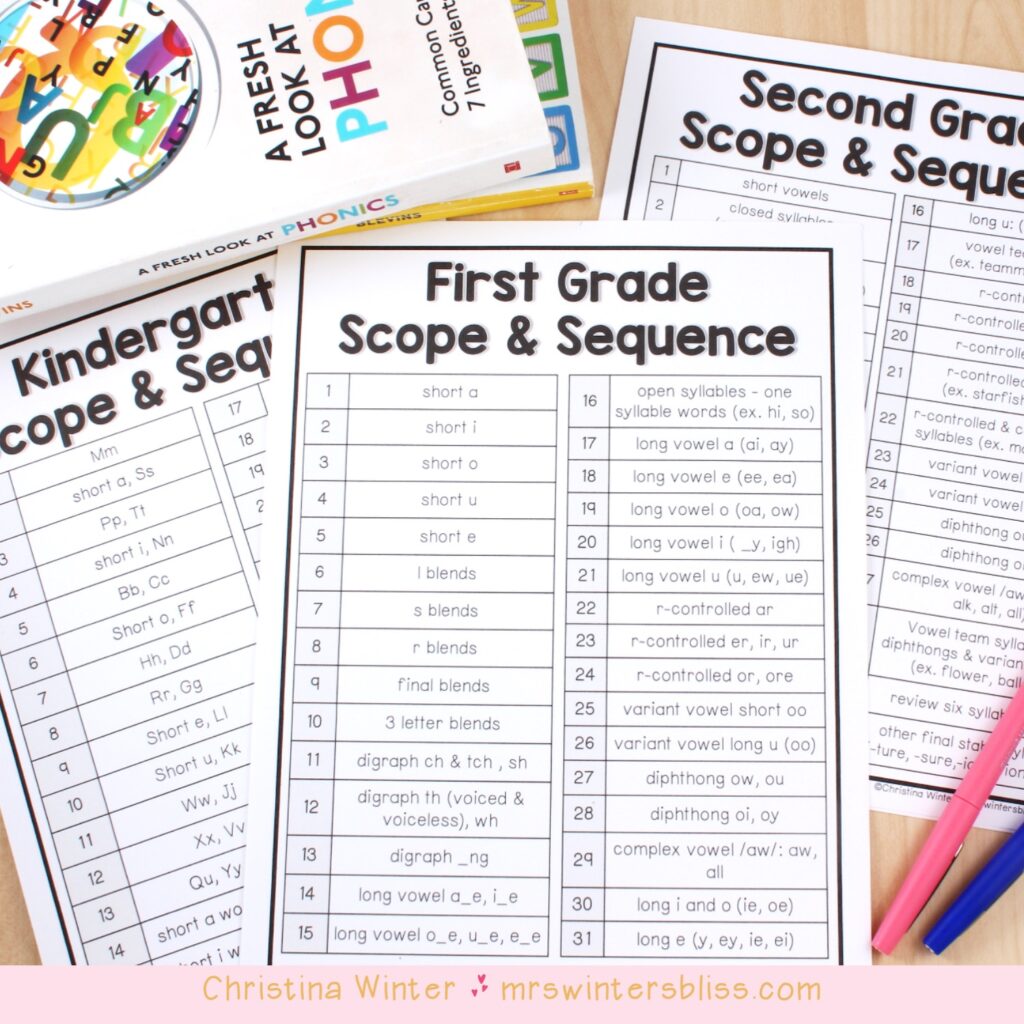
2. Teach students the 6 syllable types.
Syllables have a lot to do with whether vowels make a short or long sound. For this reason, it is helpful for your students to know the 6 syllable types.
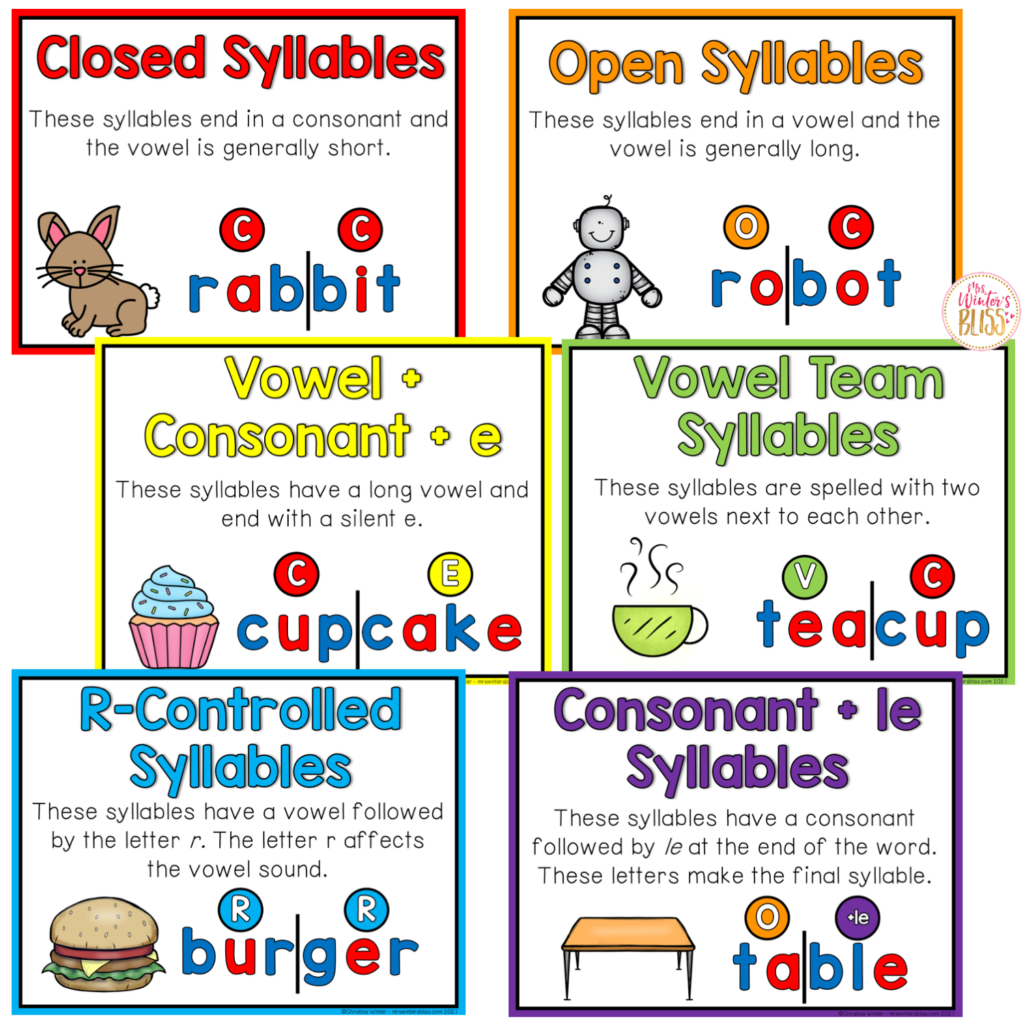
When a student is trying to read a word, they need a clear strategy to figure out what sound the vowel in the word is making. When they know the sound the vowel makes, they can then correctly blend the sounds in the word, decode it, and pronounce it correctly. Learning the different syllable types is a systematic way of helping them do all of this!
Unsure of how to teach your students the syllable types? Check out this post for more information about how to teach the 6 syllable types and get your own FREE syllable types teaching posters here!
3. Use a Consonant Sound Wall and Vowel Valley
Finally, when teaching long vowels consider using a classroom phoneme sound wall and vowel valley. A sound wall is a way to organize and display the different sounds we hear in speech. Similar to a word wall, a sound wall is a place for students to reference when they are spelling and reading words. But UNLIKE a traditional A-Z word wall (where words are grouped by their beginning letter), words on a sound wall are grouped by their sounds. It serves as an excellent support for your instruction and reference for students.
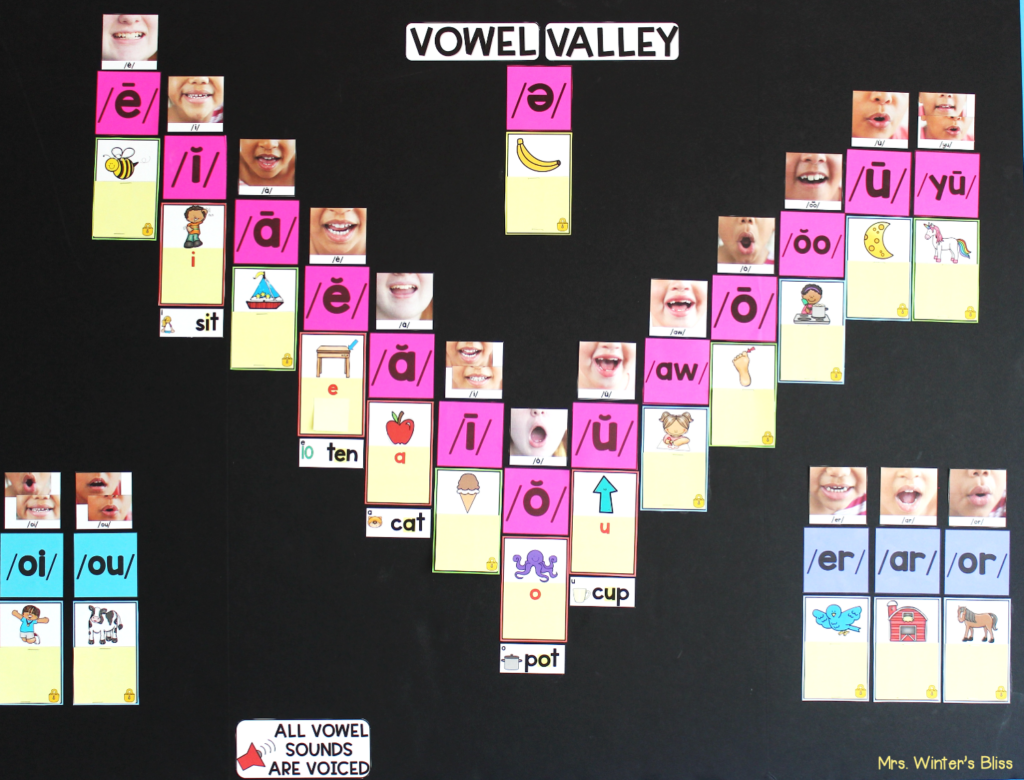
Want to learn more about using a sound wall in your classroom? If so, check out these posts that dive deeper into the vowel valley and the benefits of using a sound wall.
Activities and Resources to Teach Long Vowel Sounds
We know that for students to master the skills we teach, they need lots of opportunities for practice and review. Here are some of my favorite activities for teaching long vowel sounds…
1. Word Mapping
Word mapping activities are a physical way to represent the relationship between the phonemes (sounds) and graphemes (letters). They allow students to physically connect or match the letters with the sounds they represent and help promote the process of orthographic mapping. Ultimately word mapping activities build word recognition and decoding skills that improve fluency in both reading and writing.
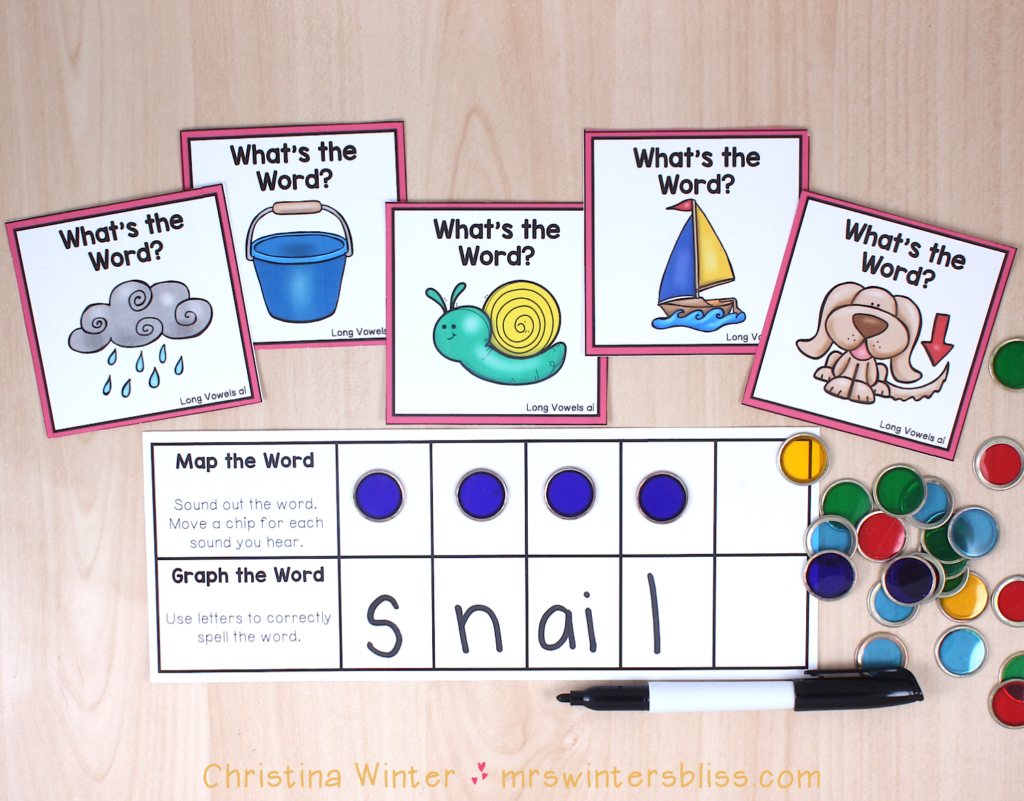
Using my CVCe and Vowel Teams Word Mapping resource, students connect the speech sounds (phonemes) of a word to the letters or letter combinations (graphemes) for over 150 CVCe and vowel team words! It is perfect for centers, independent, and small group practice!
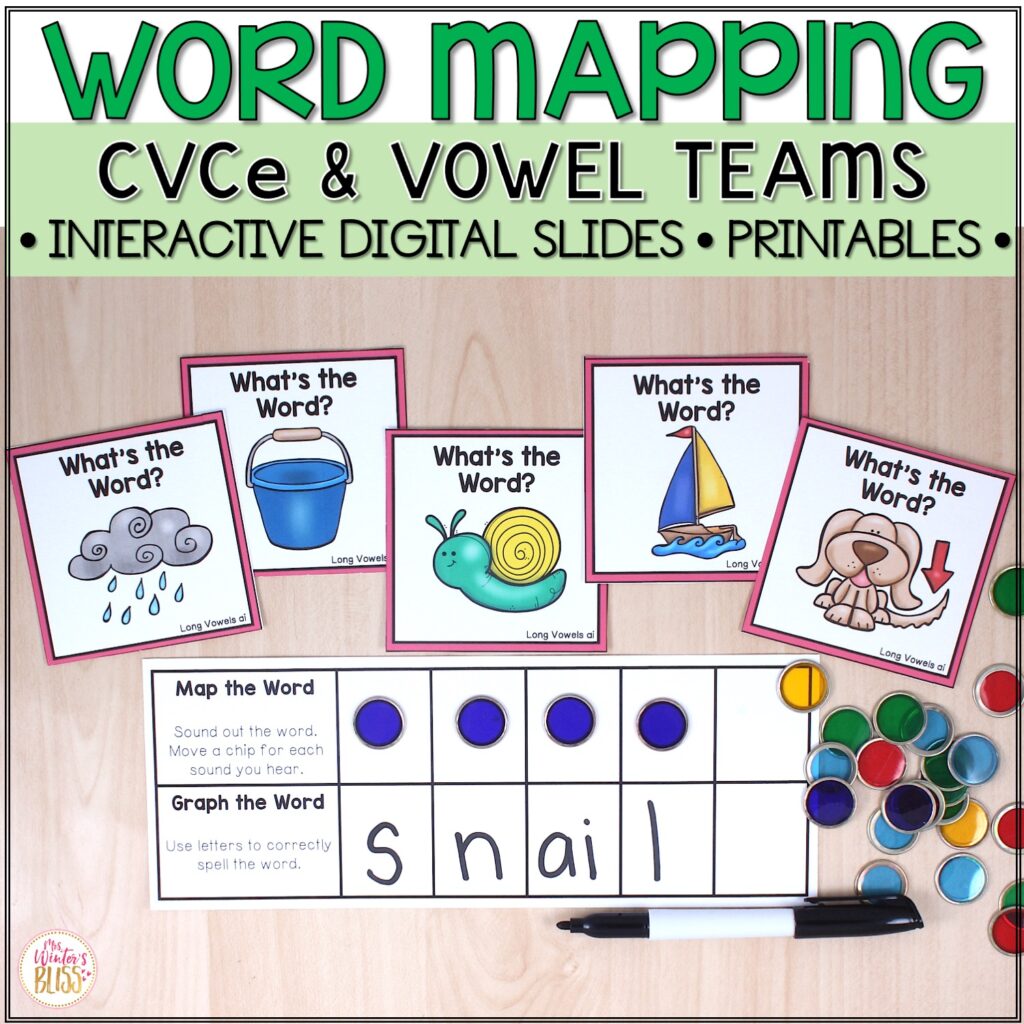
2. Long Vowel Decodable Passages
A decodable text is a text you use in beginning reading instruction. It is a story based on the phonics skills you have taught your students up to that point in your scope and sequence. Once students have received explicit instruction with long vowels, you can offer them decodable books that offer them practice with those words!
Decodable texts give students practice applying the skills that you have taught to real reading experiences. This application is how skills stick! These Science of Reading-aligned decodable passages with comprehension questions and explicit teacher lesson plans are the perfect resource to give students practice reading texts with the skills you have taught.

This resource includes 14 decodable passages that focus on CVCe and Vowel Team skills. You’ll also get lesson plans for each book with activities to use before, during, and after reading, as well as student printables and audio recordings of each passage!
3. Word Sorts
Word sorts require students to think about how words work by drawing their attention to common spelling patterns. Students are given a set of words that all have something in common and asked to sort them by the common feature.
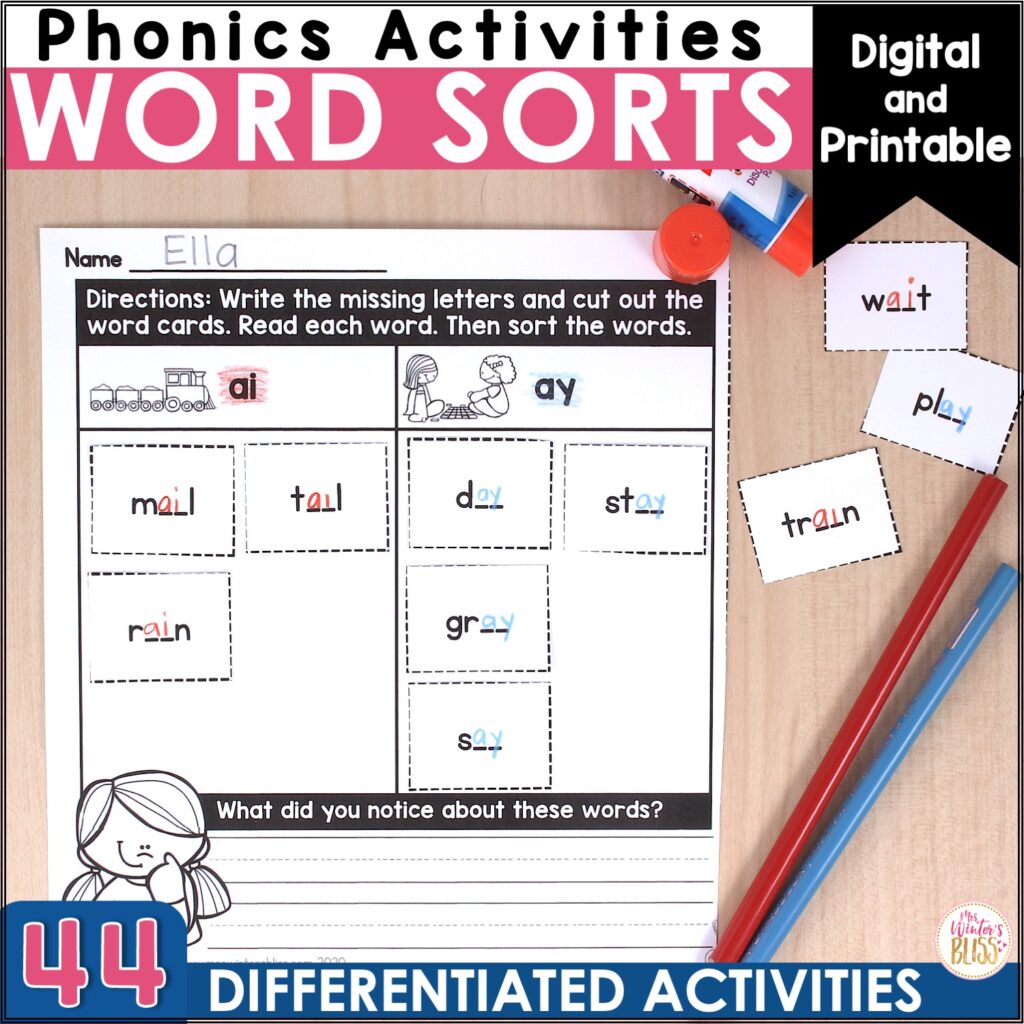
My differentiated word sorts are an engaging phonics activity to complement your word study routines and give students more practice with long vowels. There are two levels of word sorts: whole words and words with the missing target spelling pattern. Students look for common spelling patterns, sort, and then communicate what they notice and have learned about the words they’ve sorted.
4. FREE Phonics Skills Word Lists
Finally, to help get you started teaching long vowels to your students, I am happy to offer you FREE phonics skills word lists! These lists serve as excellent teacher references and can be used in many ways: whole group instruction as you introduce and practice new phonics patterns, small group work, fluency reading, and much more.
In one download you’ll get word lists for CVC words, Blends, Digraphs, Long vowels, R-Controlled vowels, Diphthongs, and Multisyllabic words!
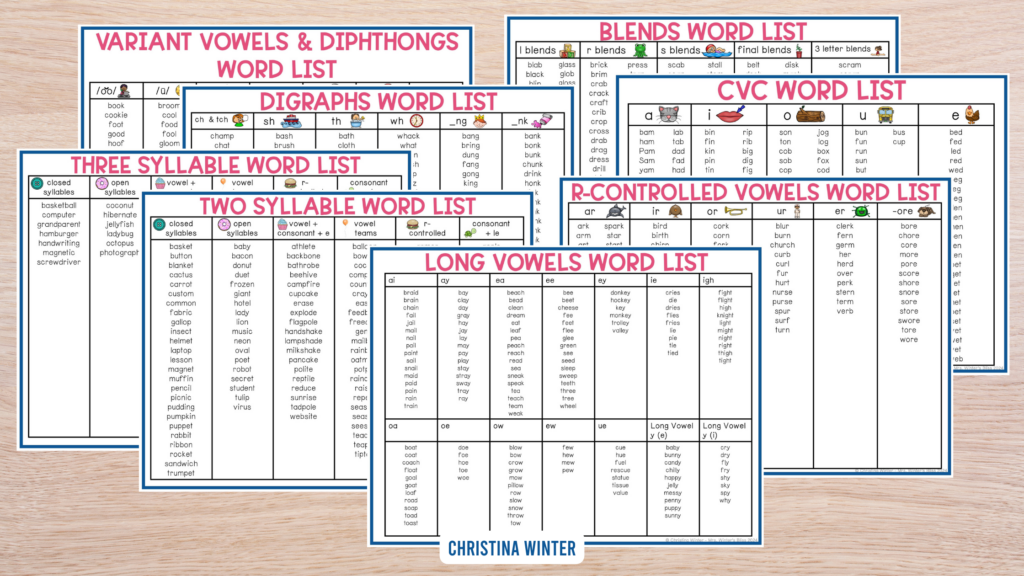
Drop your email below to instantly receive these FREE Phonics Skills Word Lists!
I hope the information and resources I have shared here today will help to bring more effective phonics instructions and practice into your classroom. Be on the lookout for my next post where I’ll dive into how to teach r-controlled vowels.
-shop this post-
-
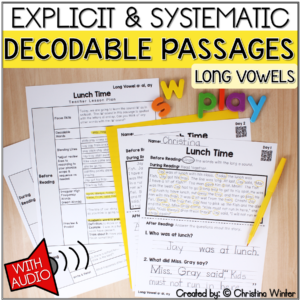 Decodable Passages with Comprehension Questions – CVCe & Vowel TeamEarn 0 Reward Points
Decodable Passages with Comprehension Questions – CVCe & Vowel TeamEarn 0 Reward Points
$8.75Rated 5.00 out of 5 based on 14 customer ratings -
Sale Product on sale
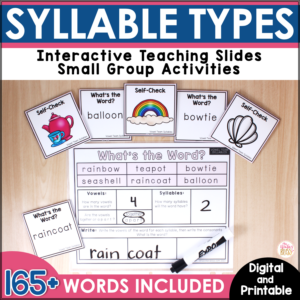 Syllable Types and Syllable Division – Digital & PrintableEarn 0 Reward Points
Syllable Types and Syllable Division – Digital & PrintableEarn 0 Reward Points$18.00Original price was: $18.00.$16.00Current price is: $16.00.Rated 5.00 out of 5 based on 4 customer ratings -
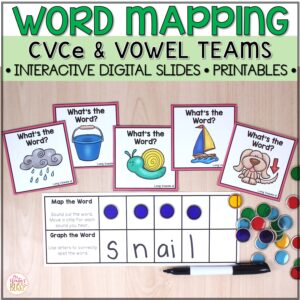 Word Mapping – Connecting Phonemes to Graphemes – CVCe & Vowel Team ActivitiesEarn 0 Reward Points
Word Mapping – Connecting Phonemes to Graphemes – CVCe & Vowel Team ActivitiesEarn 0 Reward Points
$4.50Rated 5.00 out of 5 based on 12 customer ratings









